How To Calculate Square Footage For Tile
Aug 2nd 2024
One of the questions we're most commonly asked is "how much tile do I need?" Whether it's for your kitchen backsplash or shower surround, follow these simple steps to calculate the square footage you'll need for your next tile project.
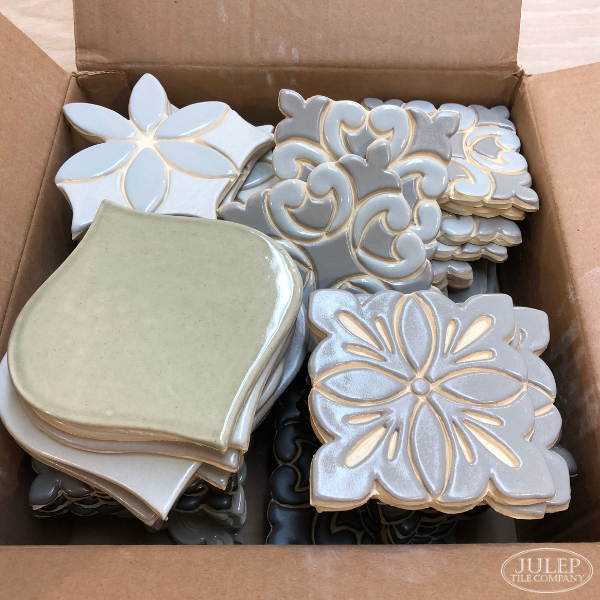
1. Gather The Tools You'll Need:
Get out a tape measure, pen and paper. Or if you're building a brand new kitchen or bathroom, grab your elevation drawings.
2. Break It Down Into Sections
Some spaces have just one big rectangle of tile which is easy to measure. If you have windows, appliances or other things that interrupt the areas you want to tile, identify how you can break it into sections. Here's an example:
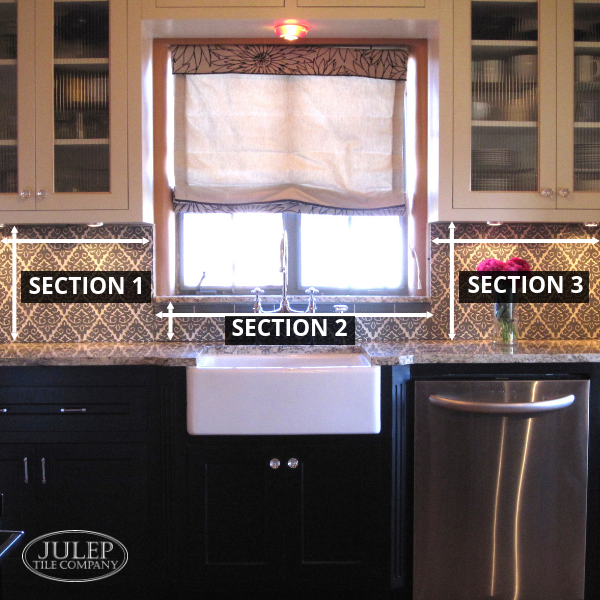
Shown Above: Damask Handmade Tile in Steel Gray
3. Measure
Write down the height and width (in inches) of each section you identified. Make sure you don't miss any areas that need to be tiled.
4. Calculate Square Footage
Multiply the height x width of each section. Take the total and divide by 144. For example, if your area is 18" by 18", you'd multiply 18 x 18 = 324. Divide that by 144 = 2.25 square feet.
If "mathing" is not your thing, don't worry! We usually cheat and use this handy calculation tool.
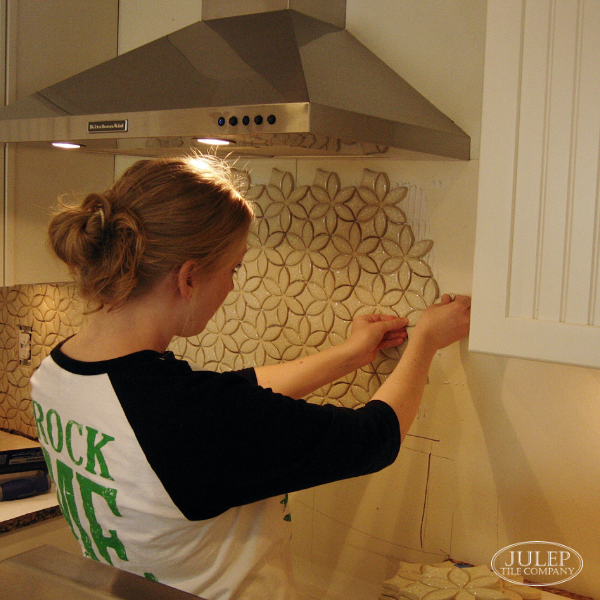
Shown Above: Installing Bloom handmade tile in FC Cream Crackle
5. Add It Up
Take the total from each area and add them together. This is the actual square footage of the space you'd like to tile.
6. Include Overage
You'll always need more tile than the actual square footage of the space. "Overage" is extra tile you order to cover cuts, breakages, and mistakes during installation. As a general rule of thumb, we recommend ordering 10-15% overage. However, we always default to you/your installer to make the final decision. Generally the more complicated the installation (i.e. more cutting required) the more overage you'll need.
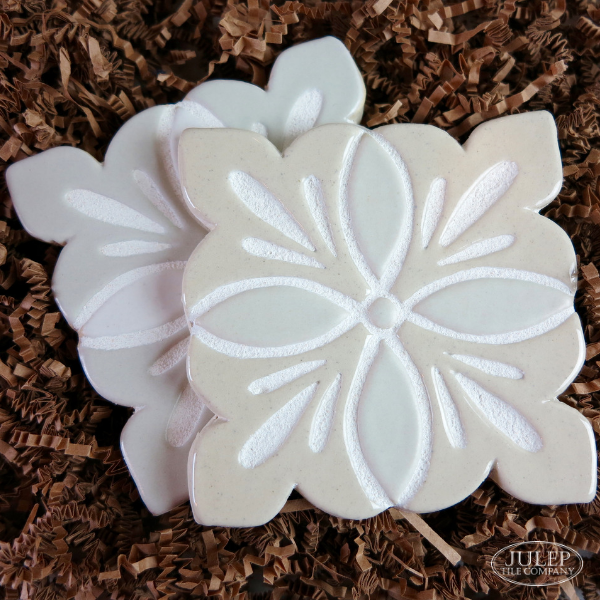
Shown Above: Cobham Handmade Tile. Shop available colors here.
Interested in Handmade Tile?
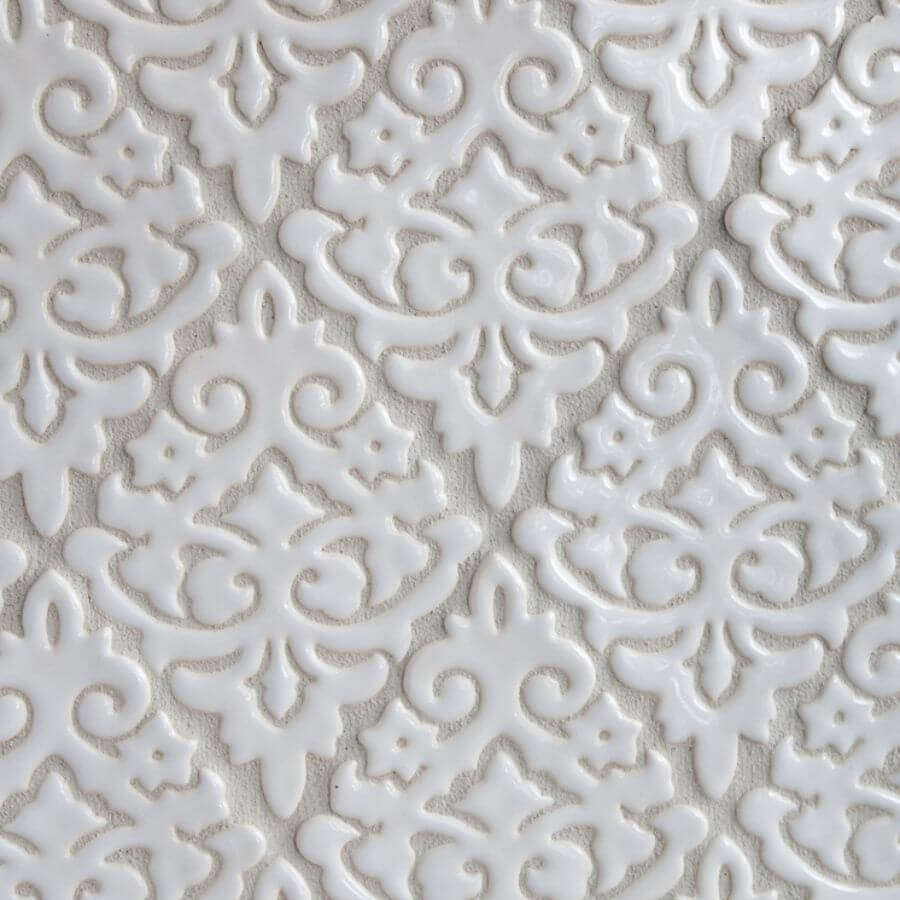
We're selling out of our handmade tile quickly but you can shop our tile samples here and check out all our remaining tile patterns and colors here:
RELATED POSTS:
5 Tips For Timeless Kitchen Design
Will A White Kitchen Feel TOO White?
Timeless Kitchens: The Ultimate Guide


